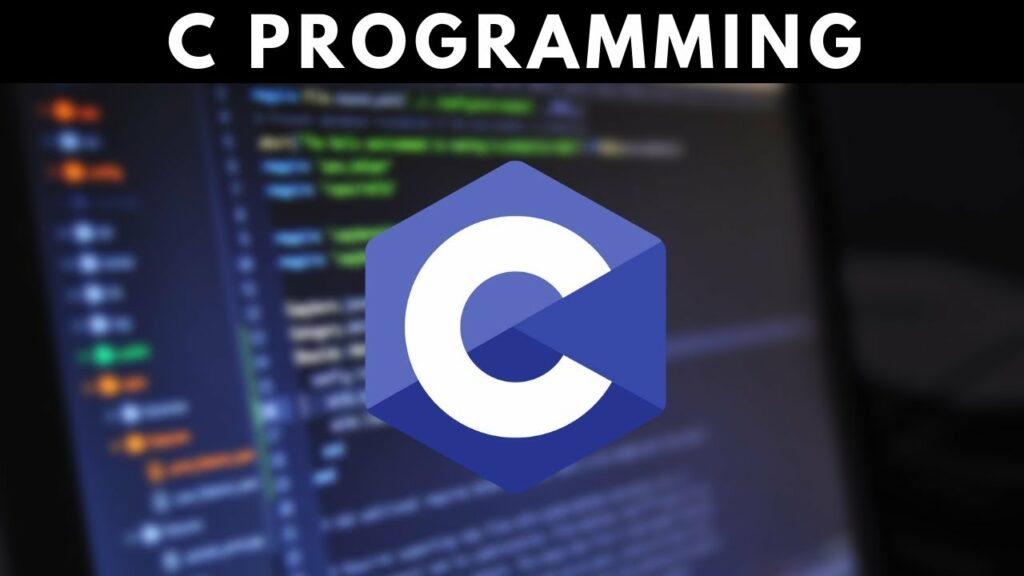
Free eBooks for Beginners
Structures in C programming are a way of grouping together related data items into a single unit. In this article, we’ll explain what structures are, why they are useful, and how to use them in your C programs.
A structure is essentially a custom data type that you can define to store related information in a single unit. For example, you might define a structure to represent a person, with fields for their name, age, and address. You can then create instances of this structure to represent specific people in your program.
To define a structure in C, you use the “struct” keyword followed by the structure name and a list of fields. Each field represents a piece of information that you want to store in the structure, and has a type and a name. For example, the following code defines a structure called “person” with three fields:
struct person {
char name[100];
int age;
char address[200];
};Once you’ve defined a structure, you can create variables of that type using the structure name. For example, the following code creates a variable called “person1” of type “person”:
struct person person1;
You can then assign values to the fields of the structure using the dot notation. For example, the following code sets the name and age of person1:
strcpy(person1.name, "John Doe");
person1.age = 30;In addition to declaring individual structure variables, you can also declare arrays of structures. This allows you to store multiple instances of a structure in a single array. For example, the following code declares an array of 10 persons:
struct person persons[10];Structures are useful in C programming because they allow you to group related data items together into a single unit. This makes it easier to organize your data and makes your code more readable and maintainable. For example, if you have a program that keeps track of many people, you can use a structure to store the information for each person, rather than using separate variables for each person’s name, age, and address.
In conclusion, structures in C programming are a way of grouping related data items into a single unit. They are useful for organizing your data, making your code more readable and maintainable, and for representing complex data types in your programs. With a solid understanding of structures, you’ll be well on your way to becoming a skilled C programmer.
C Programming for Beginners – Chapter 24 : Structures in C
 Loading...
Loading...
Disclaimer: The information and code presented within this recipe/tutorial is only for educational and coaching purposes for beginners and developers. Anyone can practice and apply the recipe/tutorial presented here, but the reader is taking full responsibility for his/her actions. The author (content curator) of this recipe (code / program) has made every effort to ensure the accuracy of the information was correct at time of publication. The author (content curator) does not assume and hereby disclaims any liability to any party for any loss, damage, or disruption caused by errors or omissions, whether such errors or omissions result from accident, negligence, or any other cause. The information presented here could also be found in public knowledge domains.